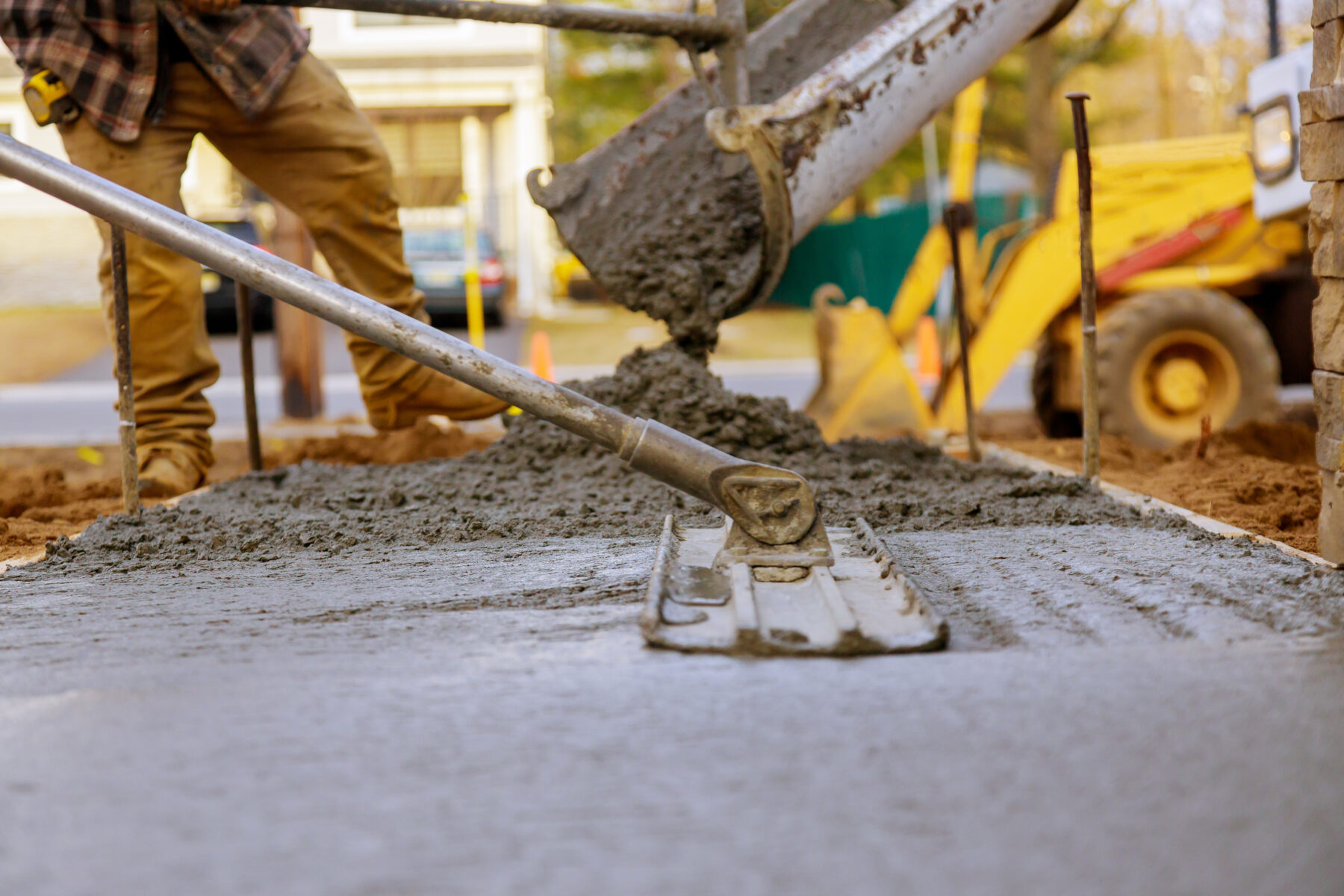Concrete in the Cold: How to Ensure Quality Results in Low Temperatures
September 7, 2023

As winter approaches, the challenges associated with laying concrete in colder temperatures become increasingly relevant. Working with concrete in the cold requires special care to ensure a successful, high-quality result. With over seven decades of experience in the construction and materials business, Staker Parson is here to share insights on how to navigate these challenges and ensure the quality of your concrete projects during the colder months.
Understanding the Challenge
When the temperature drops, the rate at which concrete sets and cures changes. Cold weather can slow down the hydration process – the chemical reaction that hardens concrete. If the temperature of fresh concrete goes too low, it might not gain the necessary strength or could even freeze, resulting in a compromised structure.
Key Steps to Ensure Quality Concrete in Cold Weather
- Prepare the Ground: Cold ground can sap the heat from fresh concrete, slowing down its setting time. Start by removing any snow or ice from the work area. Insulating blankets or heated enclosures can also be used to pre-warm the ground before pouring.
- Use the Right Mixture: A warmer mix can help offset cold temperatures. Consider using warm water or adding accelerating admixtures to your mix. These can help speed up the setting process, reducing the risk of your concrete freezing before it sets.
- Monitor the Temperature: Keep a close eye on both the ambient temperature and the temperature of the concrete mix. Use concrete thermometers to monitor your mix’s temperature, ensuring it remains above the critical limit, typically around 50°F (10°C).
- Protect Freshly Poured Concrete: Once you’ve laid your concrete, take steps to protect it from freezing. Insulating blankets, plastic sheeting, or even straw can help keep your concrete warm during the initial curing phase.
- Opt for a Curing Period: In colder weather, it’s often beneficial to allow for a longer curing time. While concrete typically cures within a week, extending this period in cold temperatures ensures the mixture achieves its maximum potential strength.
Common Misconceptions About Concrete in the Cold
There’s a misconception that concrete cannot be poured in cold weather. However, with the right preparations and techniques, winter can be as effective a time as any for concrete work.
Another misconception is that adding extra cement to the mix will help it set faster in the cold. While this might provide minimal benefit, the real key is in the right mixture and protection after pouring.
Laying concrete in cold temperatures is not an impossible task. It simply requires attention to detail, knowledge, and the right tools and techniques. By preparing the ground, using the right mixture, monitoring temperatures, protecting your pour, and allowing for extended curing times, you can ensure quality results even in the chilliest conditions.
Remember, it’s not just about getting the job done but getting it done right. And with Staker Parson at your side, you can be confident in the quality and durability of your cold weather concrete projects.